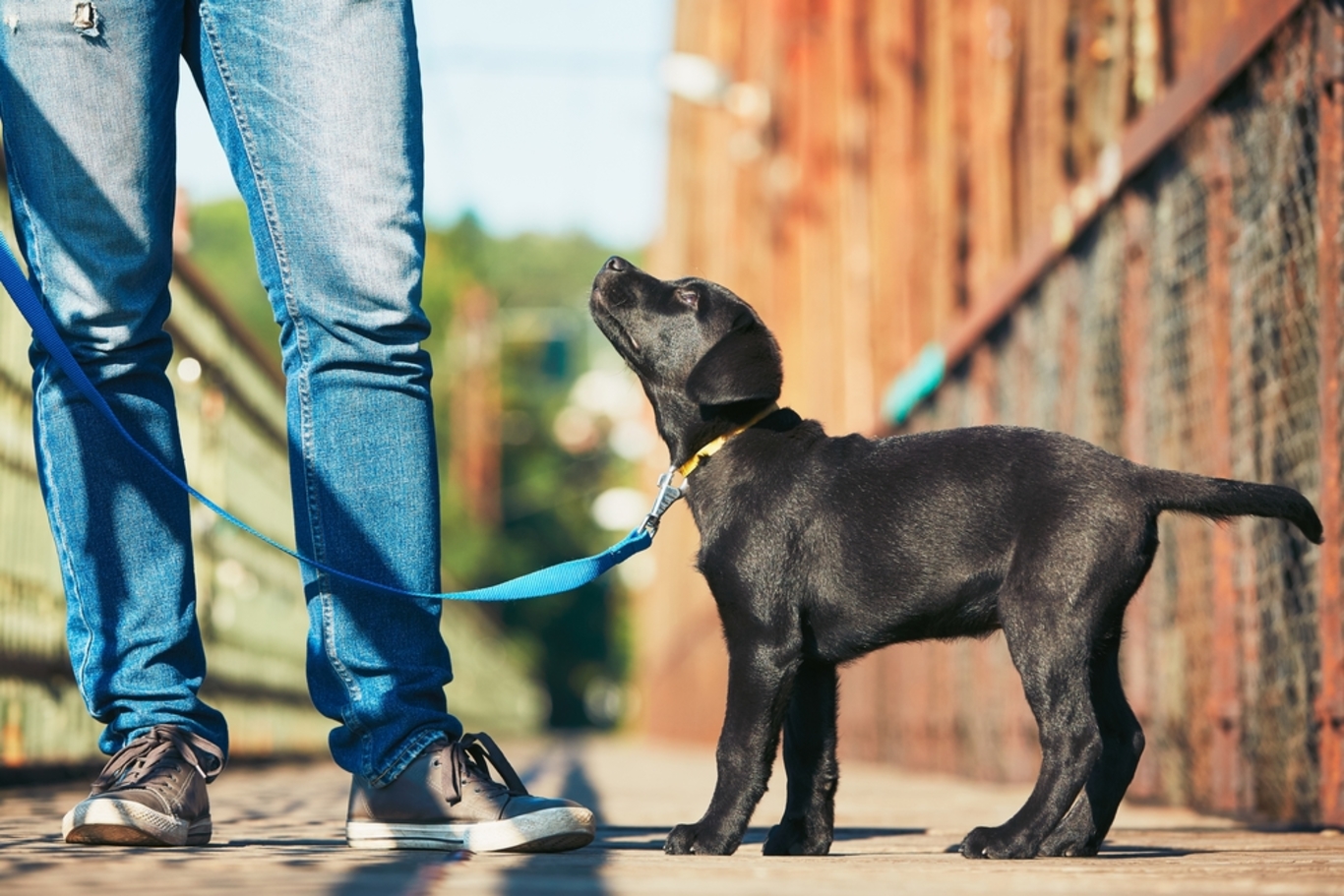What I learned about being better at business networking... from a dog
Anyone looking to make connections at events could take a few tips from a puppy.
AFTER MANY YEARS of fending off requests from my children, we decided to get a puppy. The new arrival, Rolo, joined our family last December.
The past six months have been an interesting, eventful and extremely enjoyable time in our lives, not just because we have been overwhelmed with the joy and affection from the new addition, but because something unexpectedly happened: our puppy has become a gateway to meeting new people and, in effect, building social capital for our family in the local community.
Picture this. Our puppy was probably 16 weeks when we took him for his first walk and introduction to his new neighbourhood.
Within two minutes of leaving our front door we were stopped by people we hadn’t met to say hello to the puppy, and who eventually introducing themselves to the new dog’s owners.
We eventually moved on, only to be stopped again and again for the remainder of our walk. This has been repeated day after day for the past six months. If our puppy had a LinkedIn account, I dare say he would have more connections than I do.
All in all, I would say that we have met hundreds of people. Each time we find out a little about their lives and, interestingly, sometimes they now say hello to me even when I don’t have the puppy.
This got me thinking. Why is it we feel comfortable stopping someone because they have a puppy?
What gives us the confidence to overcome our traditional barriers to introducing ourselves and making a connection or having a conversation? I am sure there are loads of legitimate reasons, but three spring to mind:
- Being approachable – The puppy is enthusiastic and approachable, delighted to meet new people and enjoying the interaction. We don’t feel any pressure greeting the puppy because we know that they will be equally as happy to meet us
- No judging – The puppy doesn’t make judgements about the person wishing to introduce themselves. They take everyone at face value and give everyone the respect they deserve
- Not looking for the next person to meet – The puppy is not looking over your shoulder for the next person to meet or seeing if there are more interesting people on the street to approach.
How can we apply this to business?
In my day job, I work with professionals to develop businesses and build their corporate or personal brands.
I spend a lot of my time developing client relationships and building relationship and pitching skills with our teams.
I frequently hear that people feel they don’t know how to approach people in a networking event, yet the same people are radically different when you take them out of the networking environment.
To take on board the key lesson from the puppy – a delight in meeting new people - don’t see it as a challenge, see it as getting an opportunity to learn something new, to have some interesting conversations. Who knows, they may even be someone you can do business with.
Think about being approachable, relaxed and at ease, with a smile. If you are in a conversation, be and look interested; stay in the conversation.
Hold off making judgements about the person or the content of the conversation. Aside from being disrespectful, it closes your mind and you may potentially miss something useful or important as the conversation progresses.
This does not mean you have to always stay talking to the same person – even the puppy moves on. The trick is to leave the conversation respectfully and maintain the social capital you built during the conversation.
There’s nothing worse than establishing a good connection only to kill it with an ill-considered exit.
So, the next time you find yourself needing to attend an event and represent your company. Think like a puppy and enjoy the experience.
Kevin Cahill is strategy and business development director at Eversheds Sutherland.
If you want to share your opinion, advice or story, email opinion@fora.ie.






